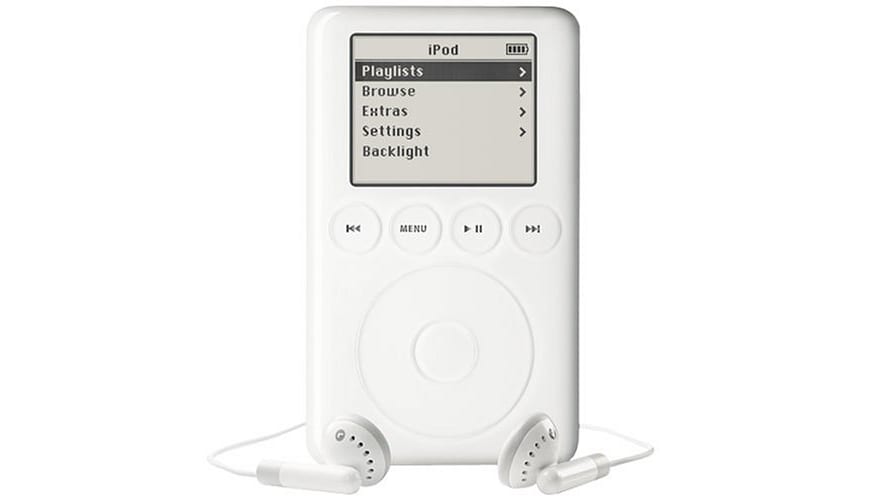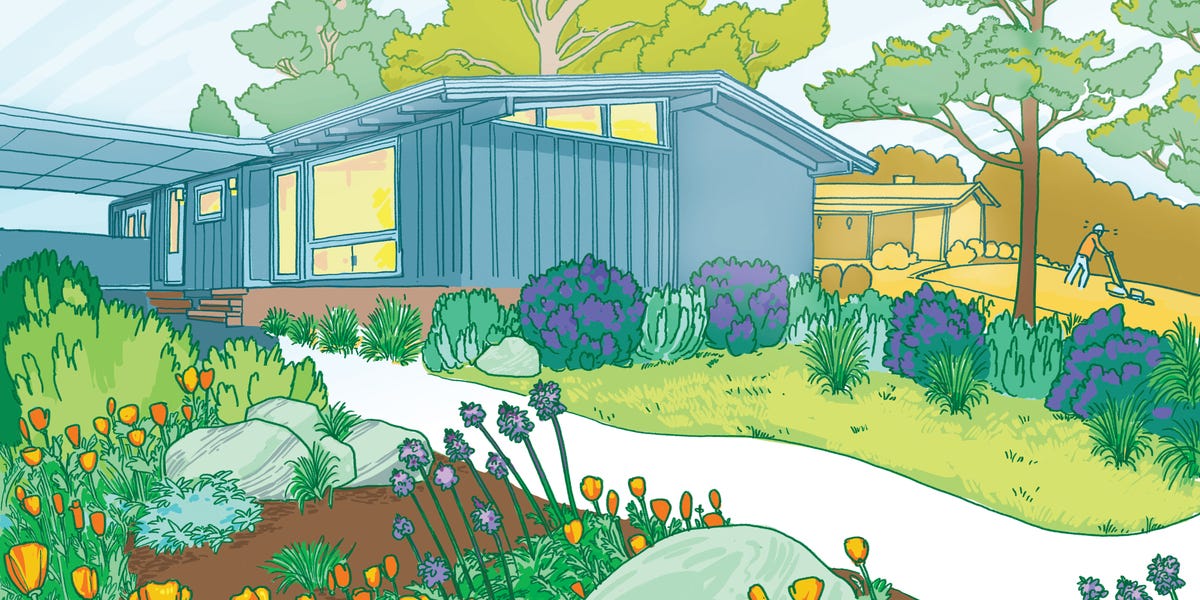

If anyone actually manages to get Plasma Bigscreen working decently, please let me know how you did it. I was really excited when I first learned about it, but after considerable time tinkering, I gave up.
My first attempt was to install it on an old laptop. It boots up and looks good, but a large number of the built-in apps hang forever on their splash screen when you try to run them. I also couldn’t figure out how to customize what apps appear in the carousels on the homepage. I’m not sure if that’s because there truly is no way to do it or if the functionality is locked behind one of the apps that I can’t launch.
The Plasma Bigscreen website indicates that it was designed to run on a Raspberry Pi 4, so I gave in and bought one in hopes that using the preferred hardware would work better. I followed the provided links to the latest Manjaro build of Bigscreen (which is over a year old) and installed it on my pi. Unfortunately, that build apparently suffers from a bug that prevents you from even getting past the login screen on first boot up. I don’t remember the details, but I think it was some kind of “can’t log in without setting a password” / “can’t set a password until you log in” loop. Anyway, I found a forum post discussing the problem with no solutions found, so I gave up on the manjaro build.
My final attempt was to install an ordinary desktop Linux distribution on the pi and then use the package manager to install Plasma Bigscreen as an alternative desktop. This got me in, but there were still a bunch of broken apps. It was about this time that I also realized that the original Bigscreen concept seemed to lean heavily into voice control via Mycroft AI. Mycroft has gone through some major changes since the project launched, and I think these changes have resulted in basically all Mycroft related code in Plasma Bigscreen being broken. That may or may not be related to the other problems I had. I never got to experience a fully functional version of the software, so I have a hard time knowing what exactly is broken in what ways.
Anyway, that’s my experience with Plasma Bigscreen. I hope this doesn’t come across as hating on the project. It should be evident from the amount of effort put in that I really wanted it to work, but in the end I had to conclude that in its current state, it’s badly broken with no sign of improvement or repairs.










Every episode seems to have one joke that really gets me. In this one it was Mariner stopping mid exclamation to make sure she correctly named the platonic solid that’s about to eat her.